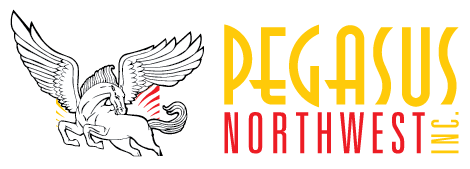Are there additional costs?
Lorem ipsum dolor sit amet, consectetuer adipiscing elit. Aenean commodo ligula eget dolor. Aenean massa. Cum sociis natoque penatibus et magnis dis parturient montes, nascetur ridiculus mus. Donec quam felis, ultricies nec, pellentesque eu, pretium quis, sem. Nulla consequat massa quis enim.
Support Included?
Donec pede justo, fringilla vel, aliquet nec, vulputate eget, arcu. In enim justo, rhoncus ut, imperdiet a, venenatis vitae, justo. Nullam dictum felis eu pede mollis pretium. Integer tincidunt. Cras dapibus. Vivamus elementum semper nisi. Aenean vulputate eleifend tellus.
Can I change Plans or cancel at any time?
Lorem ipsum dolor sit amet, consectetuer adipiscing elit. Aenean commodo ligula eget dolor. Aenean massa. Cum sociis natoque penatibus et magnis dis parturient montes, nascetur ridiculus mus. Donec quam felis, ultricies nec, pellentesque eu, pretium quis, sem. Nulla consequat massa quis enim.
What are the advantages of using water jet versus other conventional processes?
Optimal material utilization due to .040-.050 water jet kerf thus allowing tight nesting. No mechanical stress or heat affected zones. No clean up or prep required for welding due to the clean water jet edge produced. Less tooling and labor cost allowing more through put in machine shops due to near net shape produced.
How much draft should be expected from the waterjet process?
1” to 5” thick material would produce < 1 degree from top to bottom and 5” to 12” expect a 1 degree taper from top to bottom.
How much spacing is needed for nesting purposes?
.125” for thin gauge to 3” material and .250” for 3” and above.
What cutting envelope do Pegasus’ machines have?
6×10 to 13×26
What type of files should we send for Pegasus to work with?
DXF, DWG and IGES
What are the best tolerances that Pegasus can hold for all material thicknesses?
From +/-.005 to +/-.020 on thin gauge to ¼” thick. +/-1/32” to +/- 1/16” on 3/8 to 2.0” thick material. +/-.125 or +.125 excess per surface on 2.5” to 5.0” thick material. Above 5.0” to 12” you’re looking at a minimum of +.250” to a max of +.500” excess per surface.
FAQ didnt solve your problem?
Need Support?
Contact our facility today and speak to a representative so we can help your needs.
